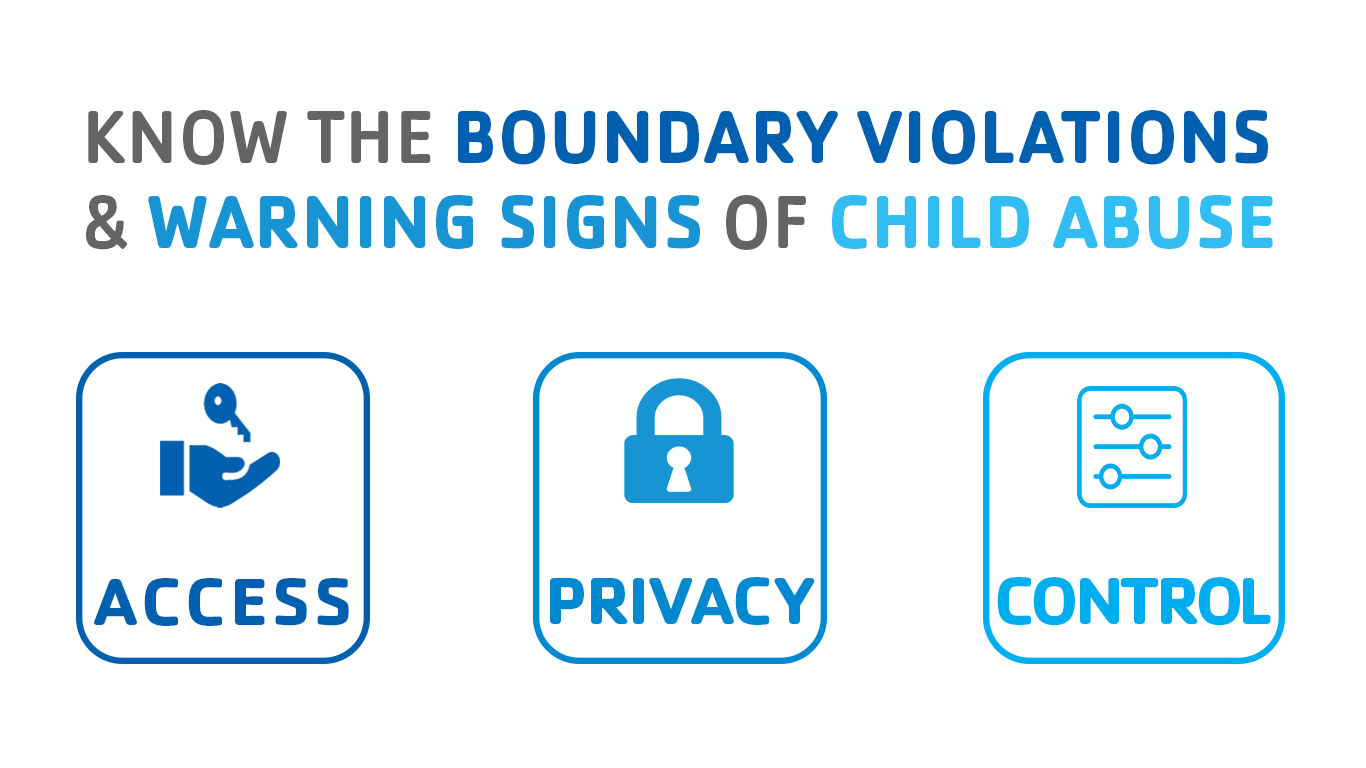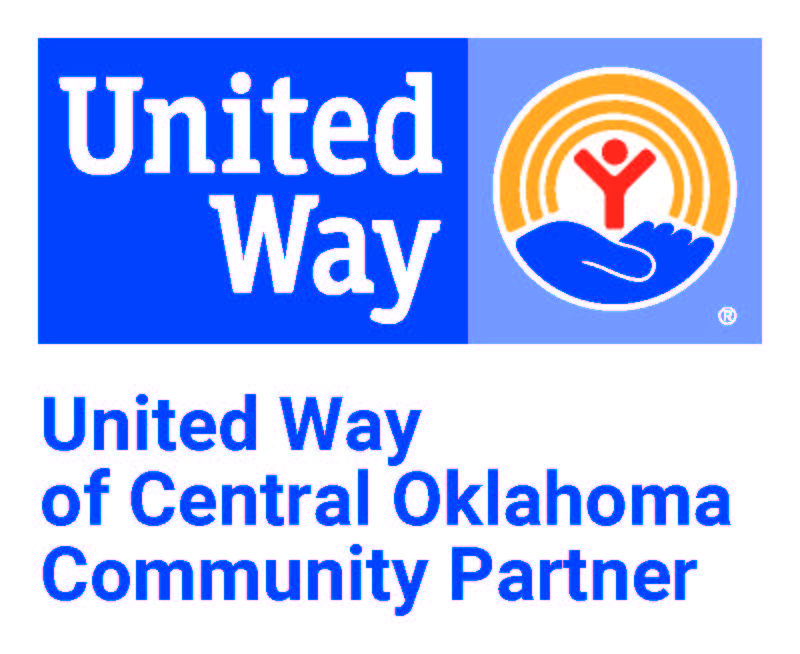
Written by Jill Goyette
At the Y, creating safe spaces for youth to learn, grow and thrive is our top priority – especially following the effects of the COVID-19 pandemic. Kids need a safe space now more than ever, and we take pride in the measures we’ve taken to help keep your kids safe. Whether you enroll your little one in our programs or not, we still want you to be well-versed in abuse prevention. Here are some important tips for parents to know as we work together to keep kids safe from abuse.
Offenders seek three things in order to abuse: access, privacy & control. But what do these mean for a parent? Below are questions and examples of what you should know before dropping off your child with a care provider.
1) Know who has access to your children. For example,
a. When your children are at school, what are the school’s procedures for screening staff, volunteers, parents, etc.?
b. When your children attend a sleepover, who will be in the home?
2) Know what type of privacy is allowed. For example,
a. When your children play sports, can the coach be alone with a player?
b. When camp is over, can the counselor text your child?
c. When the program ends, is one adult ever alone with one child?
3) Know how offenders gain control through boundary violations. For example,
a. Physical boundaries violations – Excessive tickling, hugging, massaging, etc.
b. Emotional boundaries violations – Spending too much time with them; acting possessive; sharing personal information to make a child feel they have a special relationship, sending excessive or inappropriate texts or messages
c. Behavioral boundaries – Offenders manipulate kids into doing things they wouldn’t otherwise do, such as:
– Sneaking around
– Keeping secrets
– Looking at pornography
– Use of drugs or alcohol
In response to the additional stressors added by COVID, Darkness to Light developed Protecting Children During a Crisis, an online training to help caregivers navigate through the unusual circumstances families may face during times of crisis. This change is any situation where you need to modify the steps you take to protect your children because of a situation that is out of your control. This training will help you consider your current strategies, help you identify the new situation, and help you change your strategy if necessary.
As parents, we often find ourselves walking the fine line between wanting to protect our kids at every turn and watching them learn and grow into independent, confident adults. There are so many things that happen in our kids’ day-to-day lives that are out of our control and help to develop their social, emotional and cognitive skills. Most often, however, that isn’t the case when it comes to abuse prevention. You can protect your children by knowing and understanding the warning signs of abuse.
If you read some of those questions above and realized you didn’t know the answer, ask! We encourage parents to learn more about the policies and protocols already in existence to keep their children safe. Knowledge is power, and understanding these warning signs of abuse can absolutely prevent child abuse and neglect.
If any of the examples above reminded of you of certain instances and you suspect abuse, please call the Oklahoma Child Abuse Hotline at 1 800 522 3511.
If you have questions about safety protocols within our own youth programming, reach out to your local Y.
Jill Goyette is the Executive Director of Youth Development at YMCA of Greater Oklahoma City.
Our mission is to put Christian principles into practice through programs that build healthy spirit, mind and body for all.
The YMCA of Greater Oklahoma City is a 501(C)(3) Non-Profit Organization. Donations are tax-exempt.
